In time for the 34th anniversary of the Tiananmen Square Massacre, the first permanent memorial museum was opened in New York on June 2. The new museum will become the only exhibition site in the world presenting the history of the 1989 massacre after the forced closure of the June 4th Memorial Museum in Hong Kong for political reasons.
The exhibition hall houses pictures, videos, and some real objects to display and review of the massacre and the Hong Kong pro-democracy movement, presenting the history of Hong Kong people’s pursuit of democracy and freedom.
Anna Yeung-Cheung, the founder of NY4HK (a New York-Hong Kong Concern Group), introduced that the exhibition is divided into three themed exhibition zones: the Hong Kong Victoria Park candlelight vigil between 1990-2020 in memory of the June 4th victims, the 2014 Umbrella Movement, and the major events during the 2019 anti-extradition protests in Hong Kong.
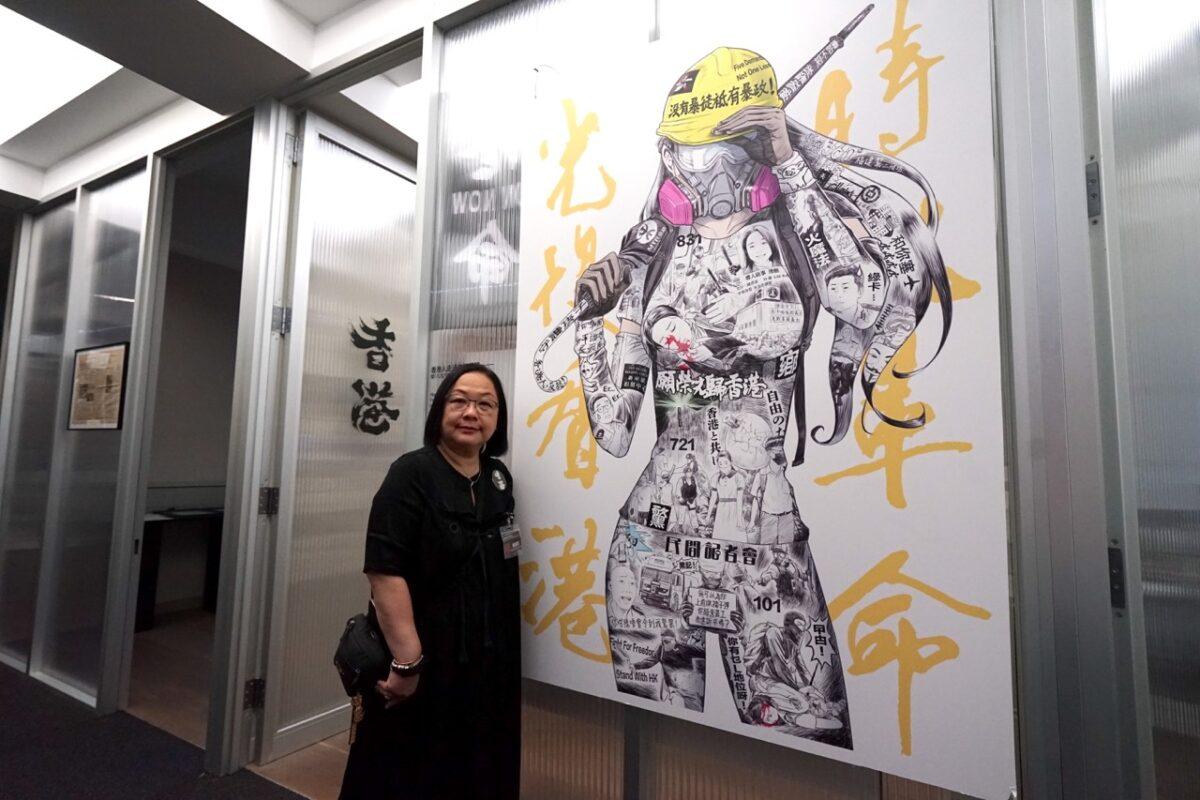
Anna Yeung-Cheung said that the museum is the first permanent exhibition in New York with the theme of the Hong Kong people’s resistance movement.
She believes that the establishment of this permanent exhibition hall is an important milestone in the history of Hong Kong. She looks forward to the opportunity to set up such exhibition halls in other regions in the future. “There is always a difference between a physical exhibition and looking at pictures online. I hope everyone can participate in the physical exhibition.”
She revealed that in the future, NY4HK will hold some activities in the exhibition hall to display the works of art created by Hongkongers or hold sharing sessions.
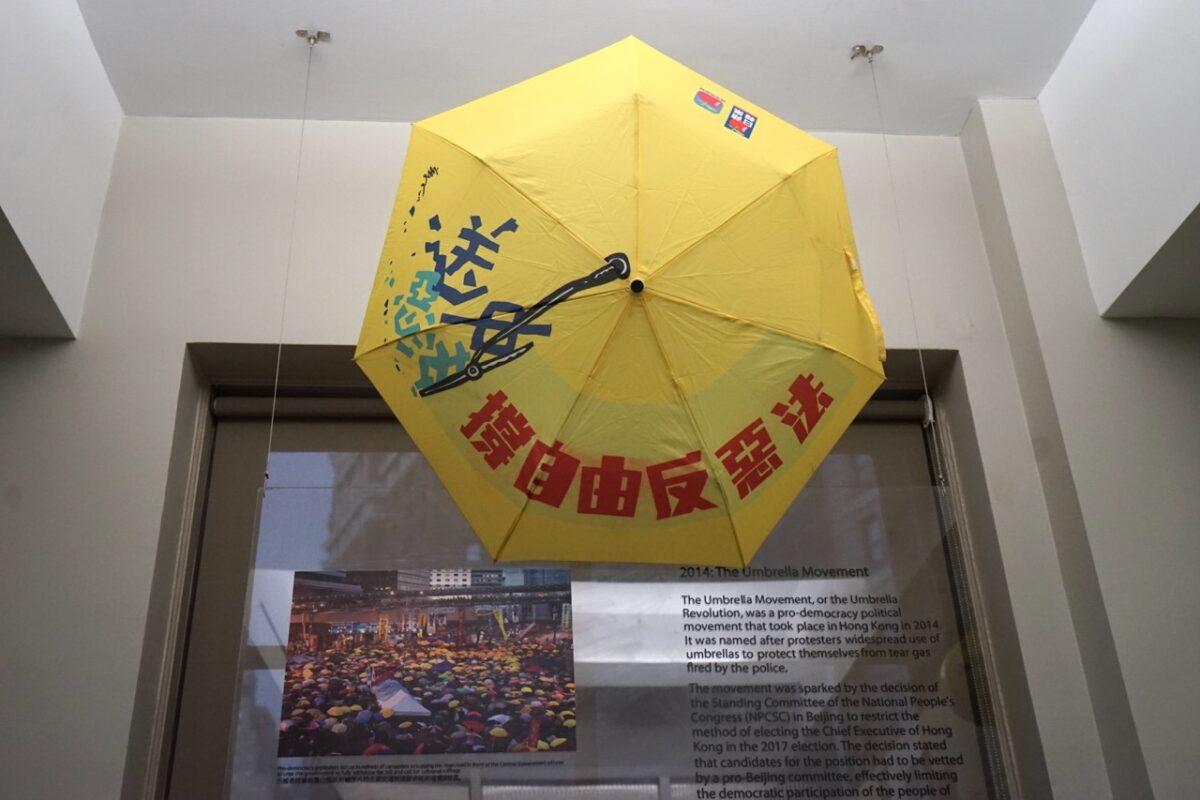
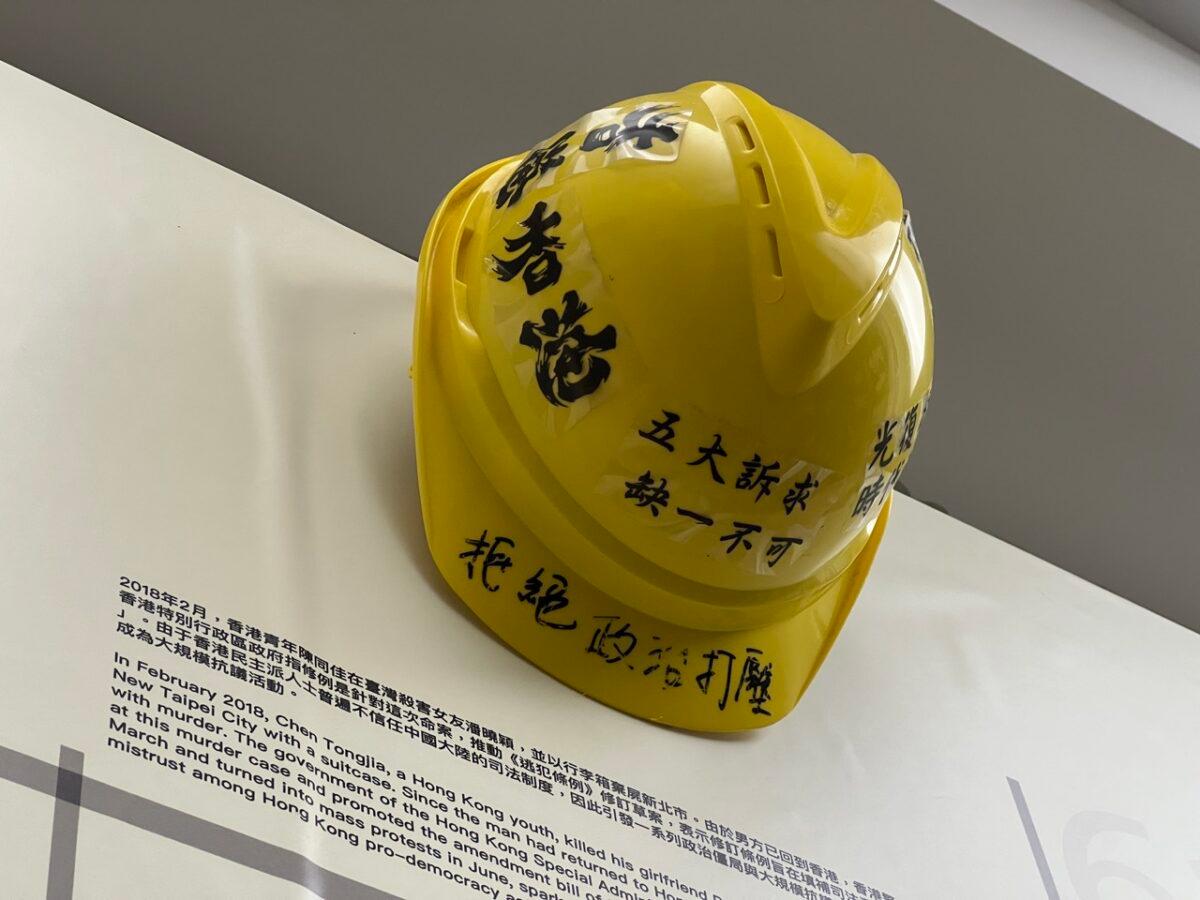
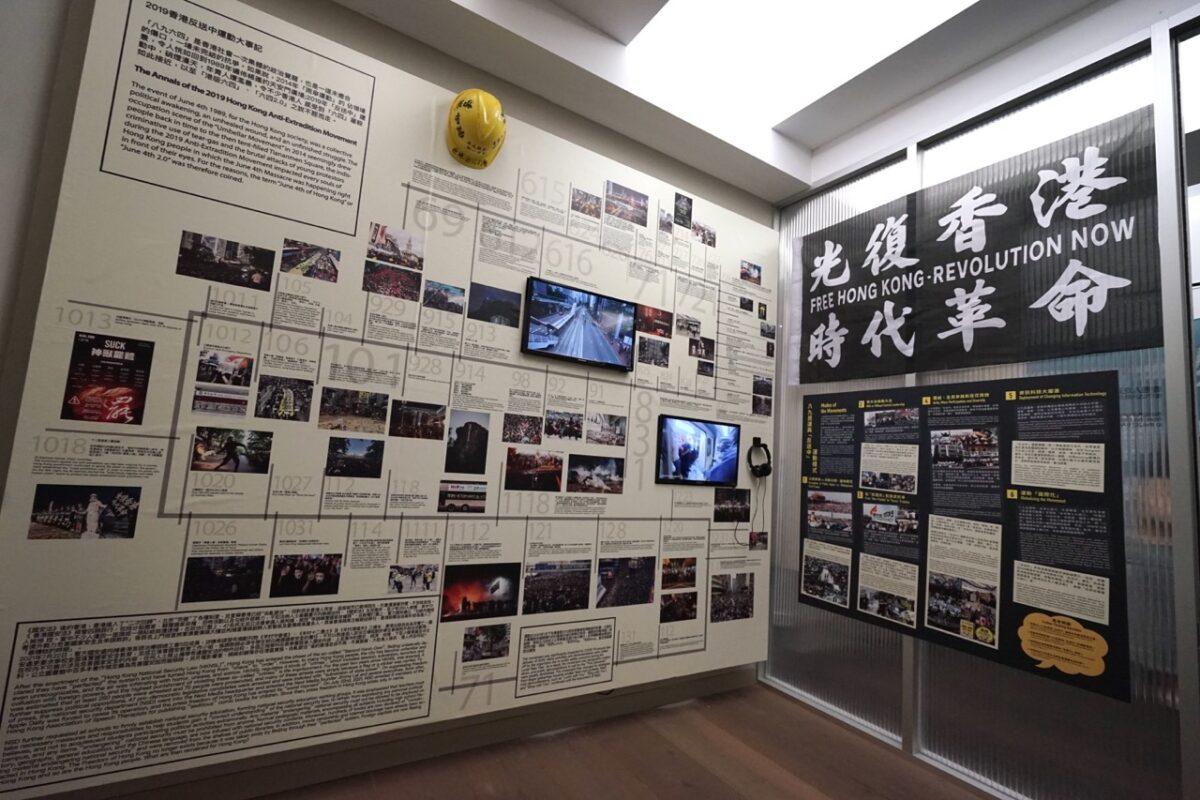
The director of the memorial museum, Yu Dahai, said that Hong Kong people’s support for the June 4 democratic movement has been longstanding.
A tent displayed in the museum was donated by Hongkongers in 1989. The provider of the tent participated in the hunger strike in Tiananmen Square and only lived in the tent for a week before a bloody massacre occurred. “This tent is a physical testimony of Hong Kong people’s support for the mainland democracy movement,” said Yu.
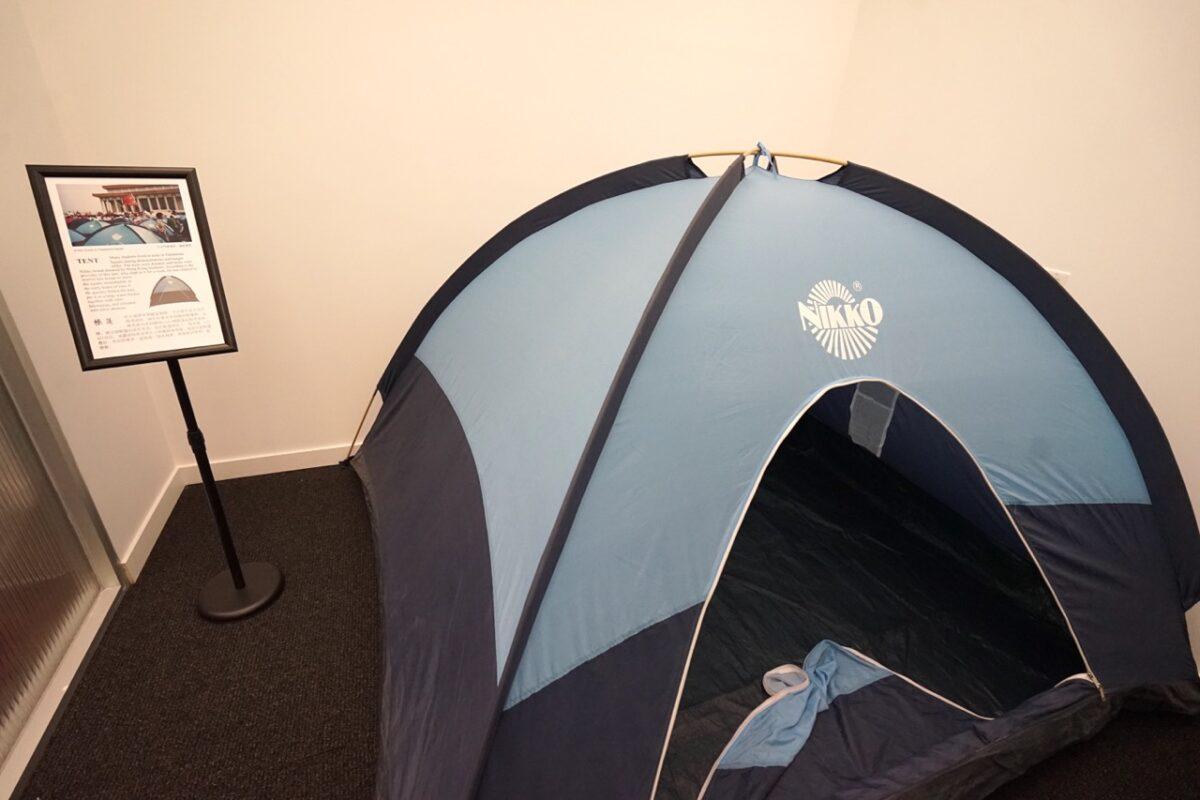
Yu introduced three newspapers published in Hong Kong on June 5, 1989, describing the massacre displayed in the exhibition hall was also provided by Hong Kong people.
“They are newspapers from a few different publishers, and this makes our collection fairly comprehensive, which is very rare. This shows that Hong Kong people are very concerned about what happened in mainland China in 1989. The incident is also very emotional. Conversely, we have clearly seen what happened in Hong Kong in the past few years, and we are very supportive, and we are also very saddened by this result,” said Yu.
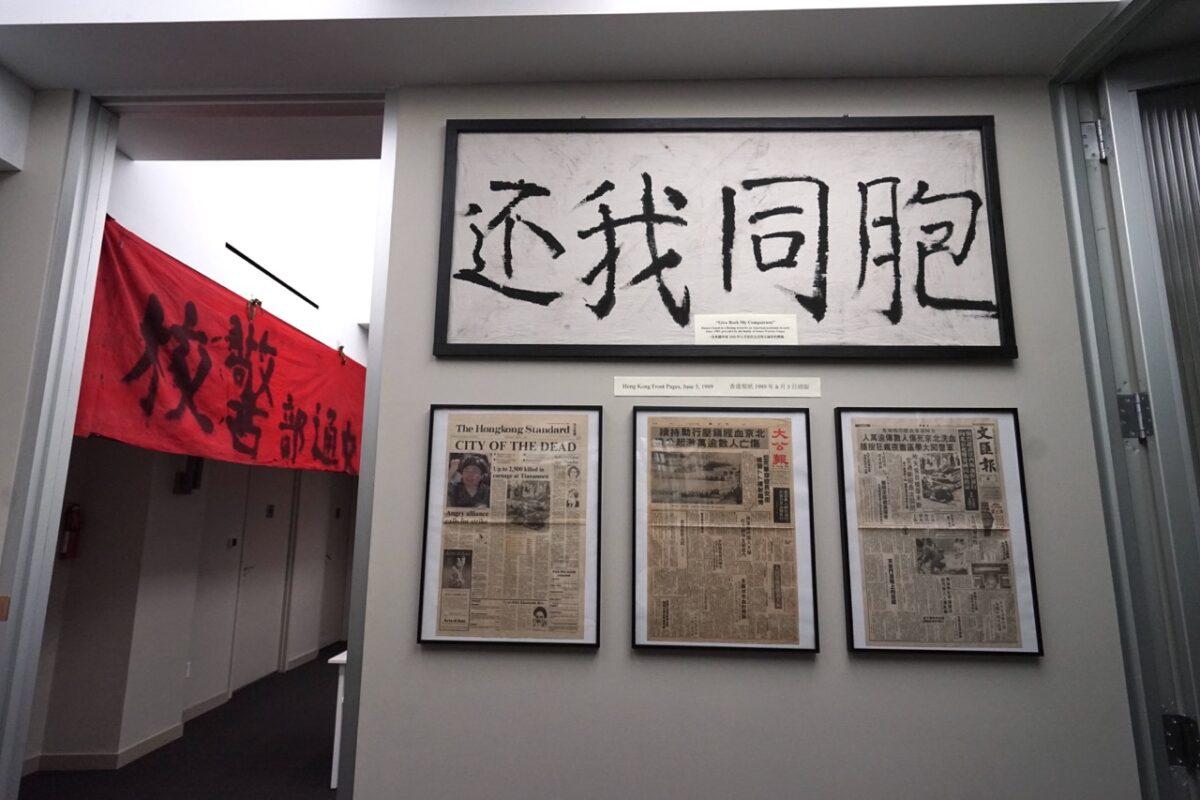
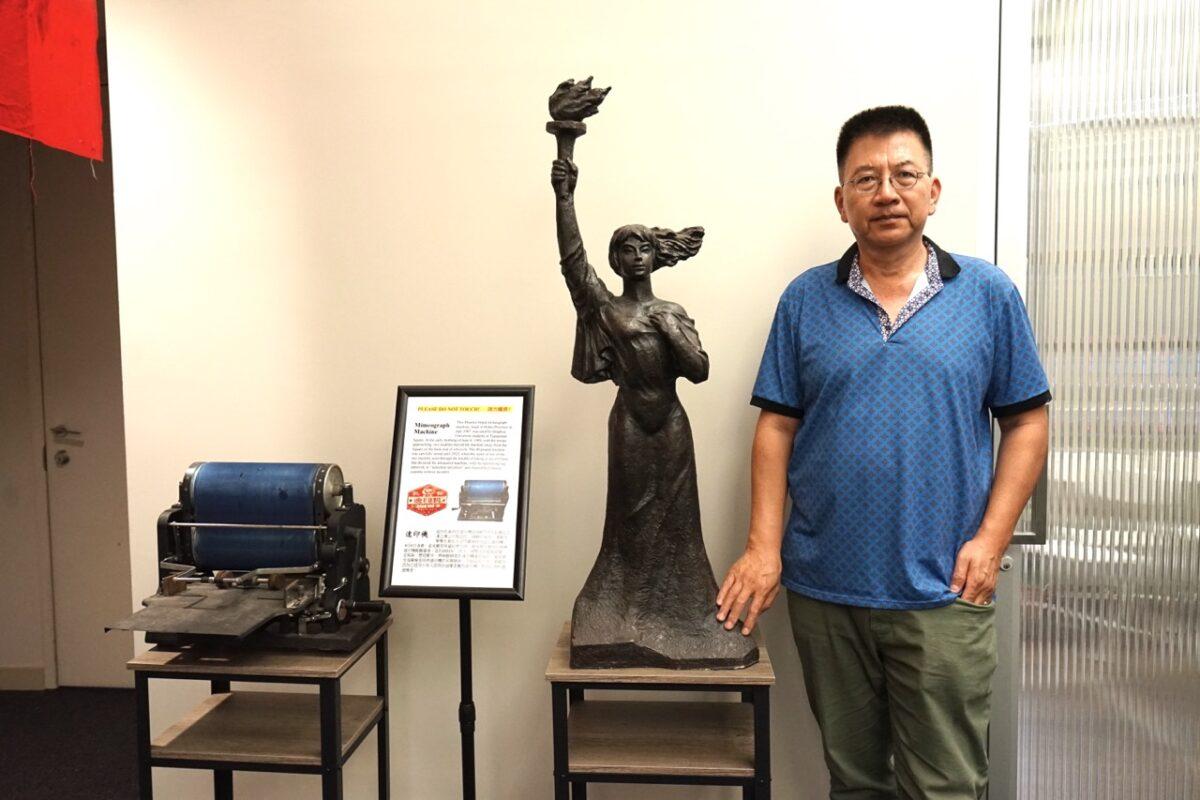
Mak Ka-on, a member of the Pupil Walker Humanitarian Foundation, attended the opening ceremony of the memorial museum and donated some old newspapers that he had collected for many years. Man was a witness during the Beijing democracy movement in 1989. Mak returned to Hong Kong on June 1 of that year but never expected a bloody suppression just a few days later.
He still remembers that on the day he learned of the violent suppression, Hong Kong was raging with wind and rain. At that time, people called for a sit-in protest in front of the local Xinhua News Agency (communist media). He was one of them. “There were a few thousand of us sitting in the middle of a slopey road, with water rushing down like hell, everyone was soaked, but no one left and just sat there,” said Mak.
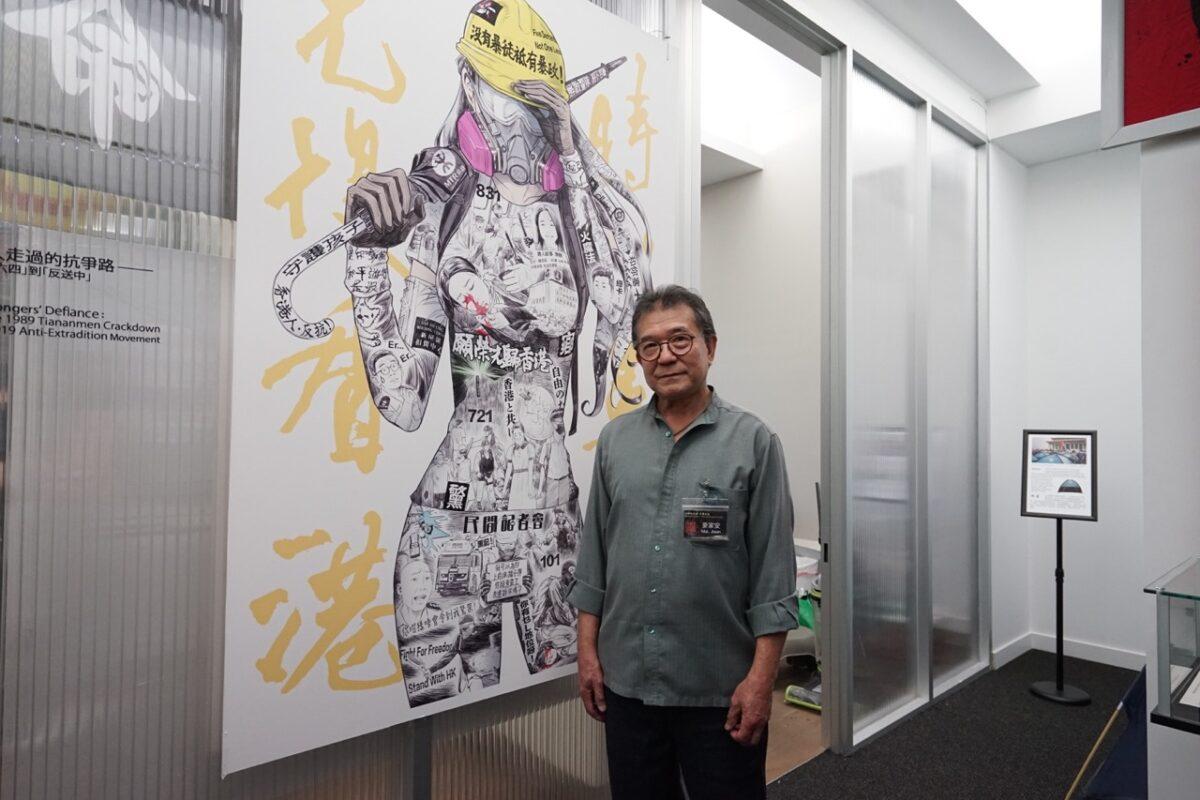
Wang Dan, the student leader of the 1989 democracy movement, shared that after the bloody suppression of June 4th. Hong Kong people continued to commemorate in Victoria Park for 30 consecutive years, which is extremely touching for him.
No doubt such feeling persists that Hong Kong people are continuing this spirit of democracy. He believes that the Hong Kong democracy movement is an important episode in the history of the world. Current darkness does not mean much; initial failure is always the pathway to eventual success.
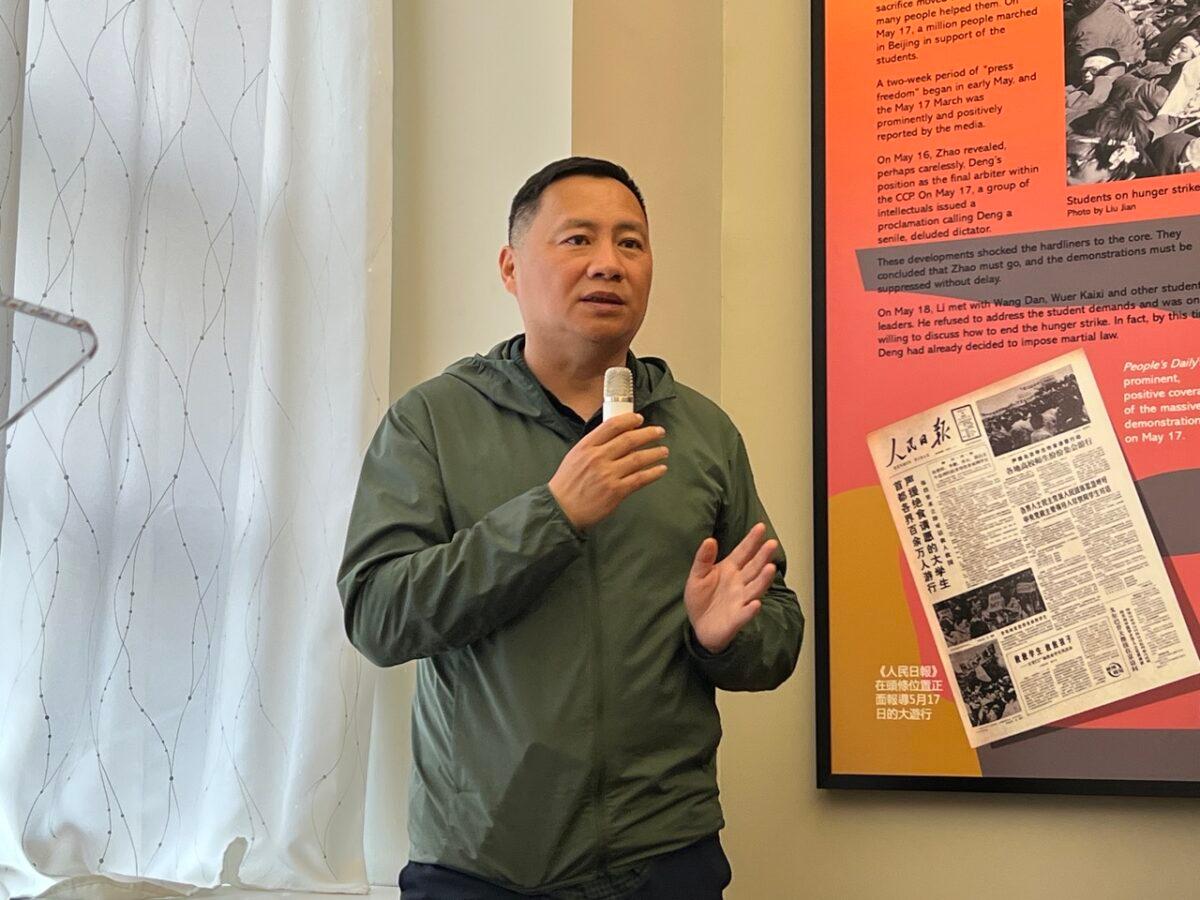
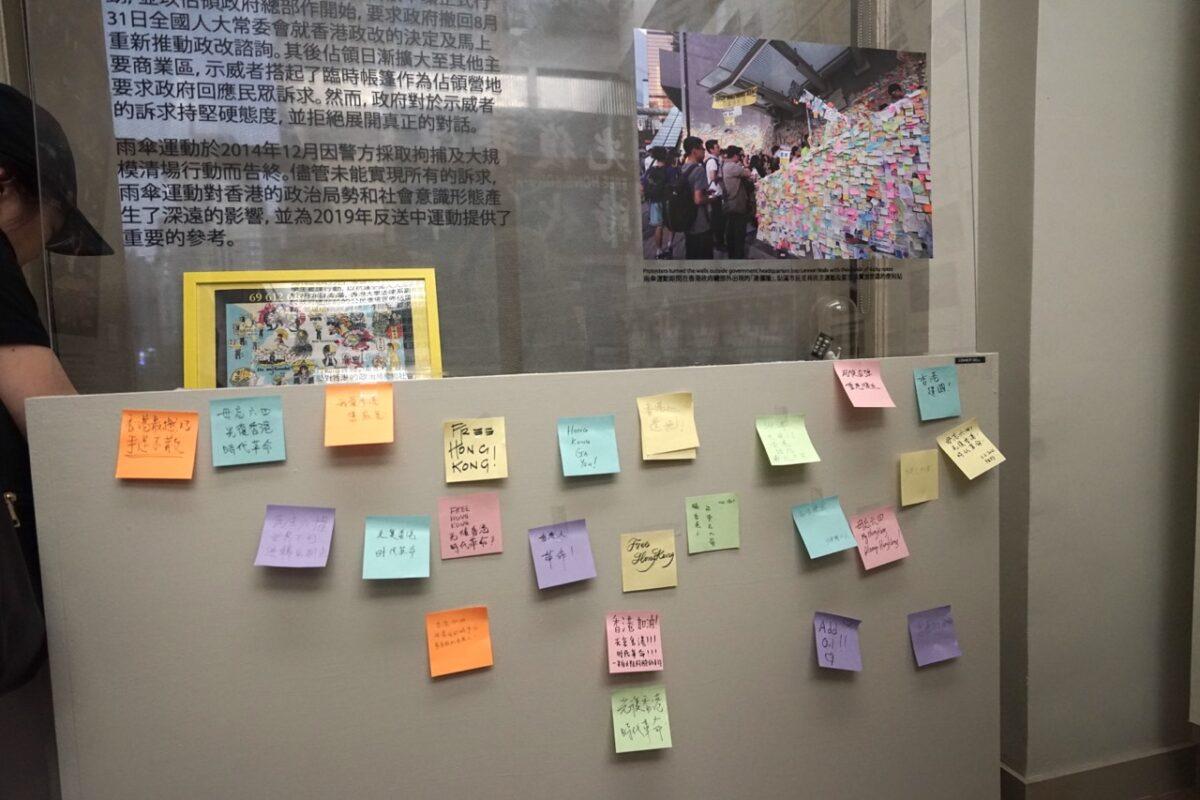
Mak Lok-kei, a designer of the exhibition, told the Epoch Times that he did not pay much attention to the June 4th Vigil in Victoria Park in the past, thinking it was too far away from him.
It was not until the pro-democracy movement in 2019, when a large number of Hong Kong people came out to fight for their own democracy, that he realized Hong Kong was about to become another mainland China city.
He then joined the June 4th commemorative event in 2019 and never expected it to be the last. And it was then that he really started to understand what happened on June 4th and how the democratic movement is related to his own future.
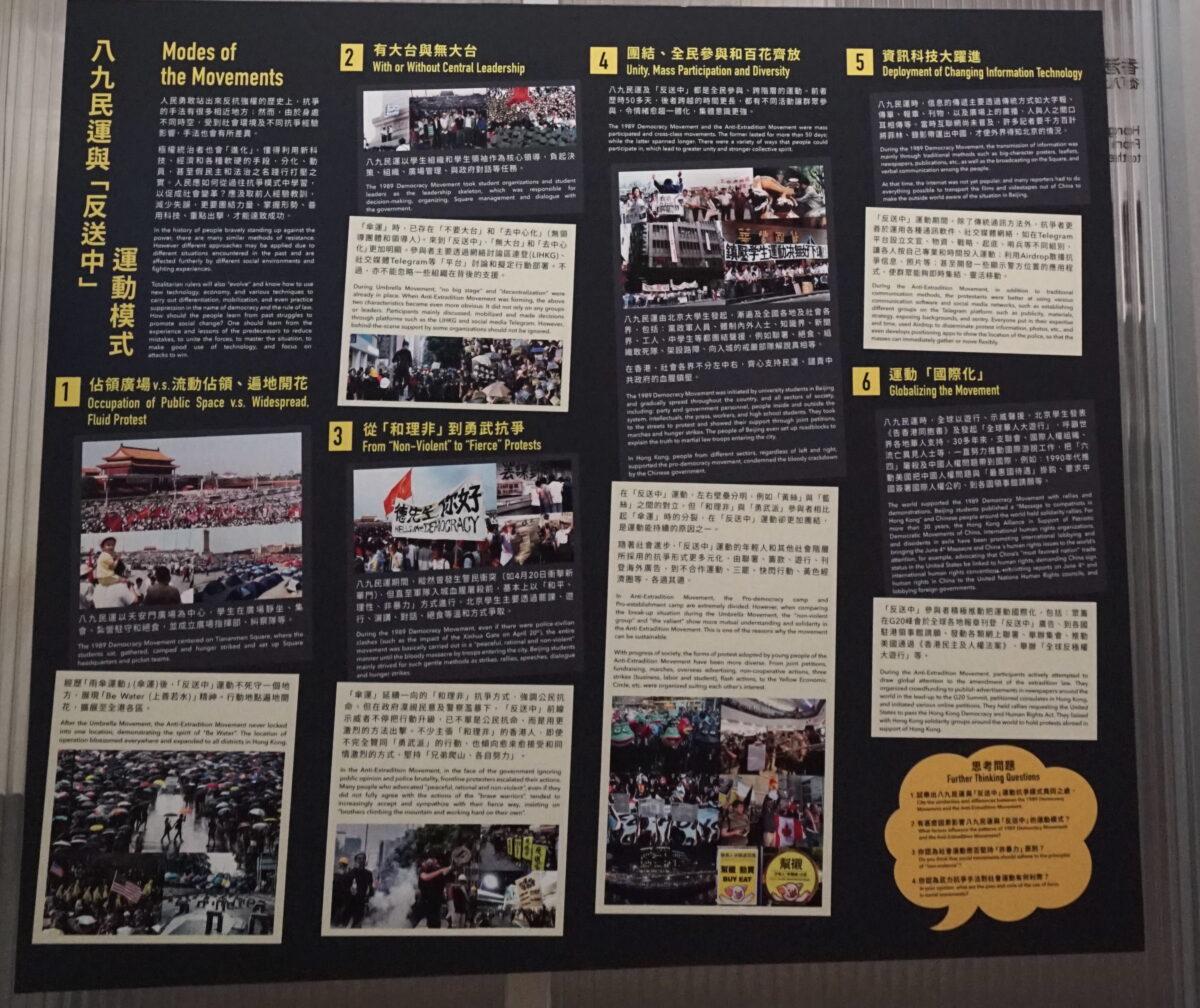
The design of this exhibition showcases a comparison chart to review and explain the connection between the Tiananmen massacre and the Hong Kong pro-democracy movement.
Mak shared that he came to the United States two years ago and gradually got to know some friends who had participated in the June 4th movement in 1989. After listening to their stories, Mak feels the likely connection with himself: “They left more than 30 years ago from the place they loved. This struggle has lasted for so many years nonstop. The devil of communism has been eroding our democracy and freedom. We have continued from generation to generation (1989 in China and 2019 in Hong Kong). Only after I came to the United States did I realize the connection between them.”
“So, the feeling of setting up the exhibition area this time runs much deeper. We want to continue this spirit of freedom from generation to generation.”
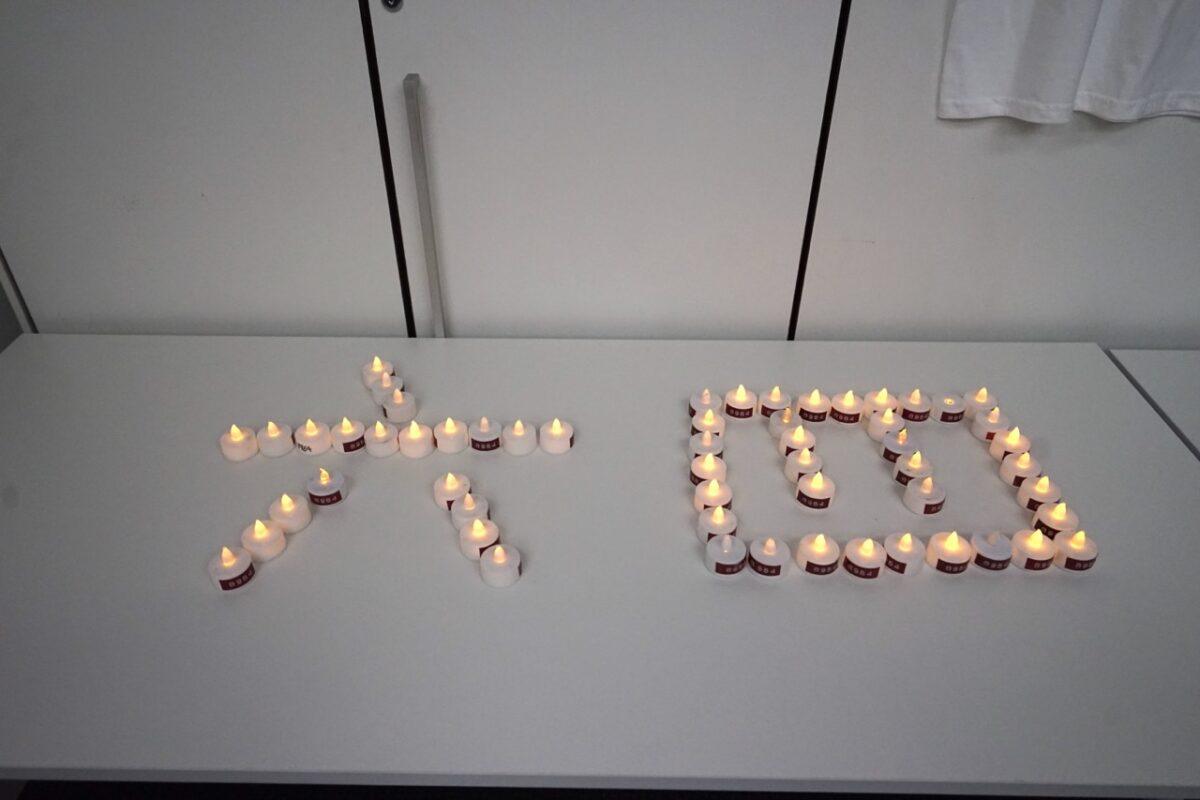
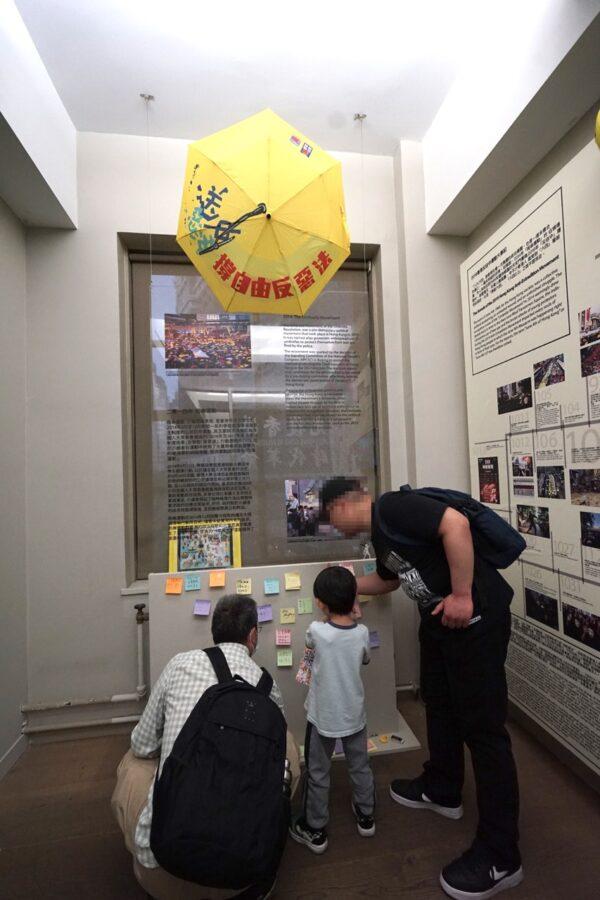
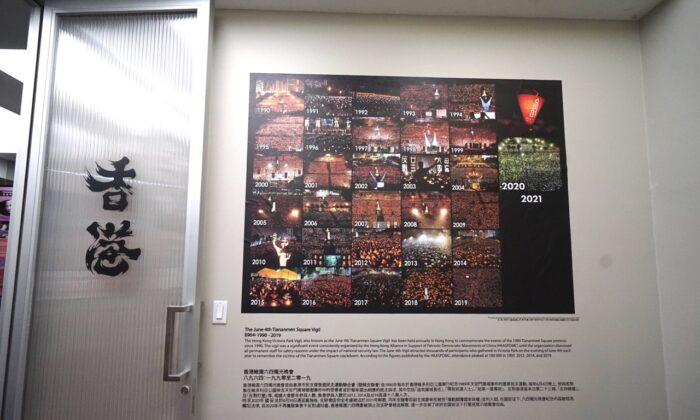
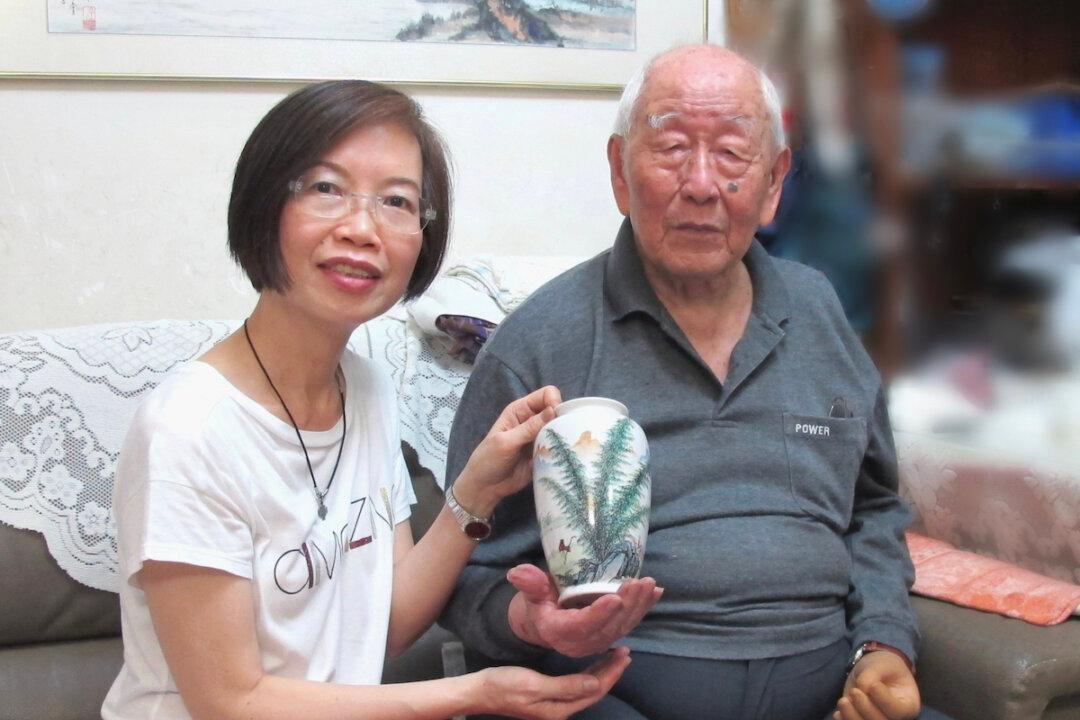
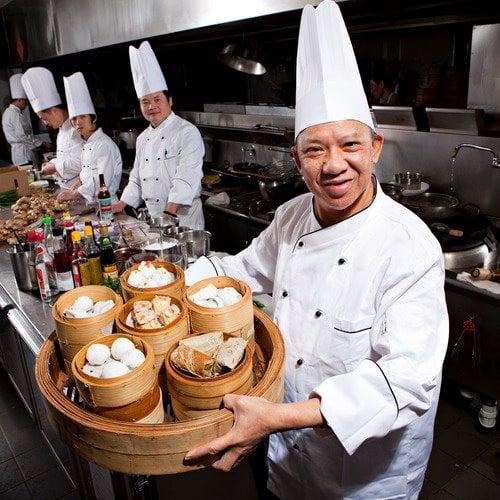

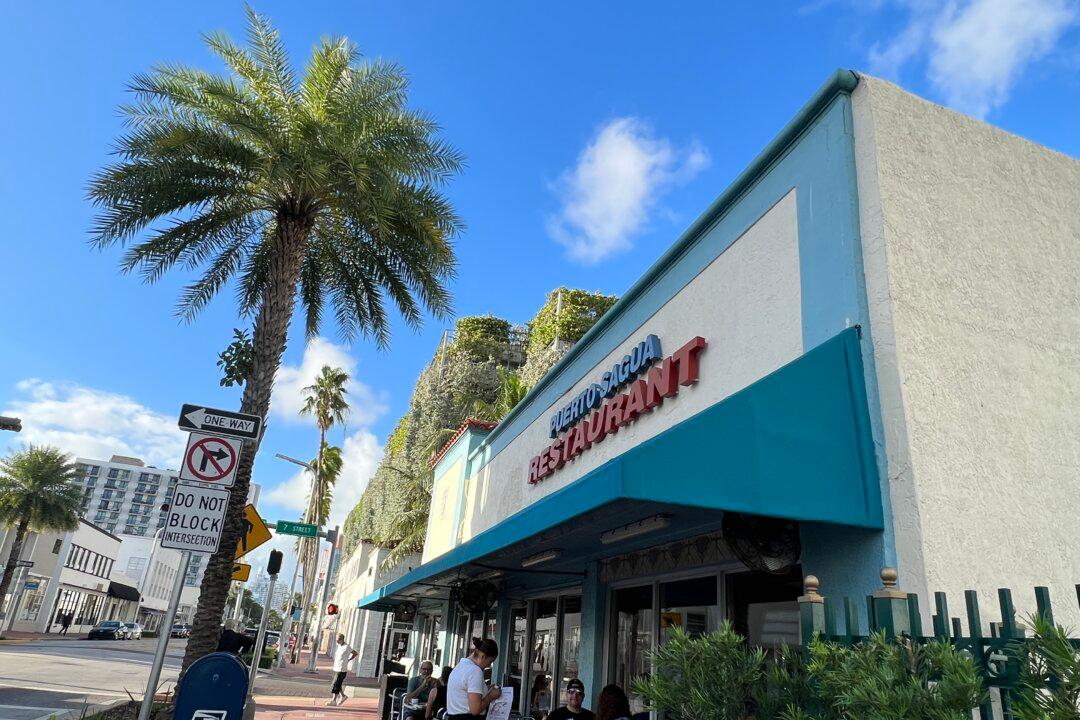
Friends Read Free